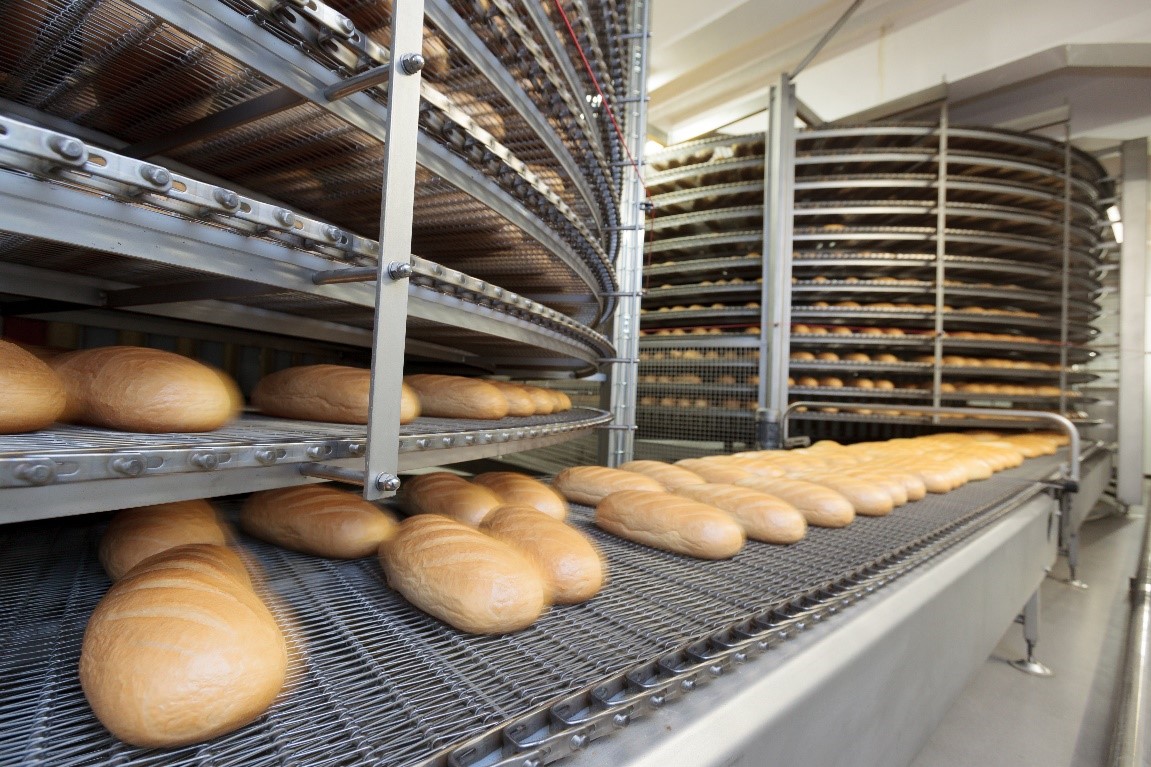The issue of food waste has been a hot topic for years with consumers, retailers and manufacturers. With the world’s population forecasted to reach 9 billion by 2050, the demand for food and how to reduce waste is set to intensify. It’s estimated that 24% of this food waste can be attributed to two key factors: human error (10.9%) and product change (13%).
Let’s find out how the use of technology and the right solution can help solve the problem of food waste by addressing these key factors across these areas...
- Pre-production
- During production
- Post-production
Tackling human error
Human error is often caused by a lack of standardised procedures and inadequate training. Based on this, we can try to put measures in place to reduce the chances of human error.
For example:
- Rolling out standardised procedures across the workplace.
- Ensuring all employees, no matter their position in the company and how long they’ve been there, have received the same amount of training on such procedures.
Tackling product change
When product change occurs, for example, moving from one type of product to another, it could result in the process needing to be cleaned. This can lead to a significant amount of loss.
Food manufacturers need to be aware of how much food they are wasting. You can achieve this through better forecasting models, greater collaboration, appropriate measurement systems and the implementation of lean management tools in the production process.

How can ERP help reduce food waste?
There’s no silver bullet in helping to reduce food waste but a culmination of introducing smarter ways to work can go a long way.
Food manufacturing can be broken down into three very simple parts (although we know this can be a complex process):
- Pre-production stage
- During production stage
- Post-production stage
1. Pre-production stage
The pre-production stage takes into consideration everything before the production commences. These will include but aren’t limited to:
- Checking inventory levels.
- Planning.
- Demand.
- Forecasts and resources.
In this critical stage of production, if you don’t know what to plan and when, it can result in food waste due to wrong orders being sent to suppliers, wrong inventory on hand and warehouse storage being unavailable.
2. During-production stage
The during - production stage considers what happens at the point of production, from the pre-production processes, equipment used, formulas, versions, resources both people and machines all need to be managed effectively to reduce the effects of food loss.
A spreadsheet can’t deliver the requirements you need if poor transportation, delivery times not being met, interrupted production, product changes and defects occur during the production process.
3. Post-production stage
The post-production stage considers what has been produced by which production line/person, when, what quantity, defects and quality management (although will take place through all stages). It also assesses the impact of cost on the production orders.
If these factors aren’t given the necessary importance they deserve, then this can lead to food waste due to having sub-optimal inventory management, buyer contracts not being fulfilled, and storage utilisation not being fully met.
So, just in these three simple activities alone, it’s clear spreadsheets no longer cut it in the world of food manufacturing. That’s why an ERP system is critical in helping to reduce food waste in food manufacturing.
How Aptean Food and Beverage ERP helps manufacturers in tackling waste
Aptean Food and Beverage ERP is a solution that is designed specifically for the food and beverage industry. With over 1,000 customers across the globe and from many different industries, Aptean Food and Beverage ERP, which is built inside Microsoft Dynamics Business Central, offers manufacturers the key functionality to help you reduce food waste (or at least, ensure you're making the most of it) within your business.
The table below outlines only a small selection of the key functions that have been identified as helping manufacturers to reduce food waste. All within the one simple solution.
| Pre-production | During production | Post-production |
| Product development | Inventory management | Quality management |
| Formulas | Batch optimisation | Nutrient information |
| Item processes | Costings | Allergen information |
| Co/by-products | Production consumption and output | Storage |
| Package BOMs | Equipment used | Distribution planning |
| Inventory forecasting | Resources | Labelling |
| Planning | Tracing | |
| Visual scheduling | Maintenance management | |
| Item status control |
The right ERP can take you a long way...
Food waste has long been one of the top concerns food manufacturers have had to contend with as well as allergens, labelling and how to optimise their production processes. Manufacturers, in general, suffer a loss of 1 tonne for every 35 tonnes they produce. To reduce the amount of food waste produced, manufacturers need to be investing in the right ERP system.
If you’d like to read more about the Aptean Food and Beverage ERP solution and how it can help your business reduce food waste, or simply the steps you can take to reduce overall waste, click the button below. You'll be taken to our food and beverage page where we've got plenty of resources you might find valuable, from the importance of choosing the right technology for your food business to how to digitally transform.

